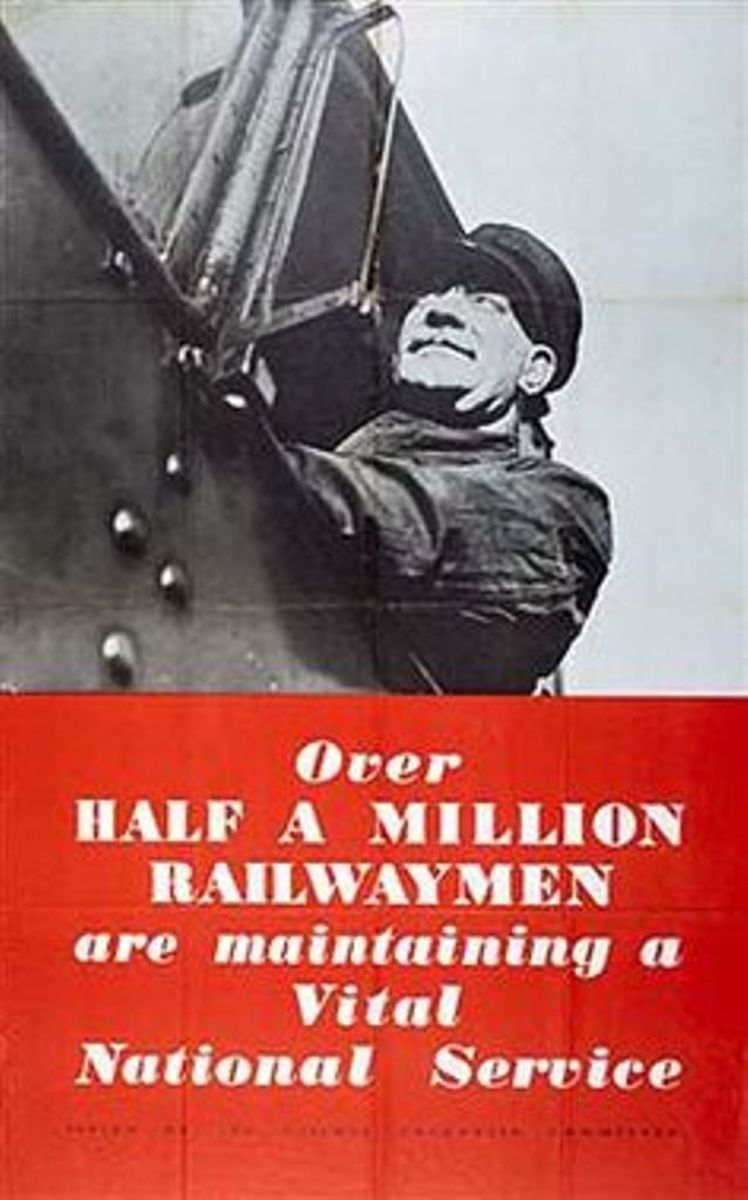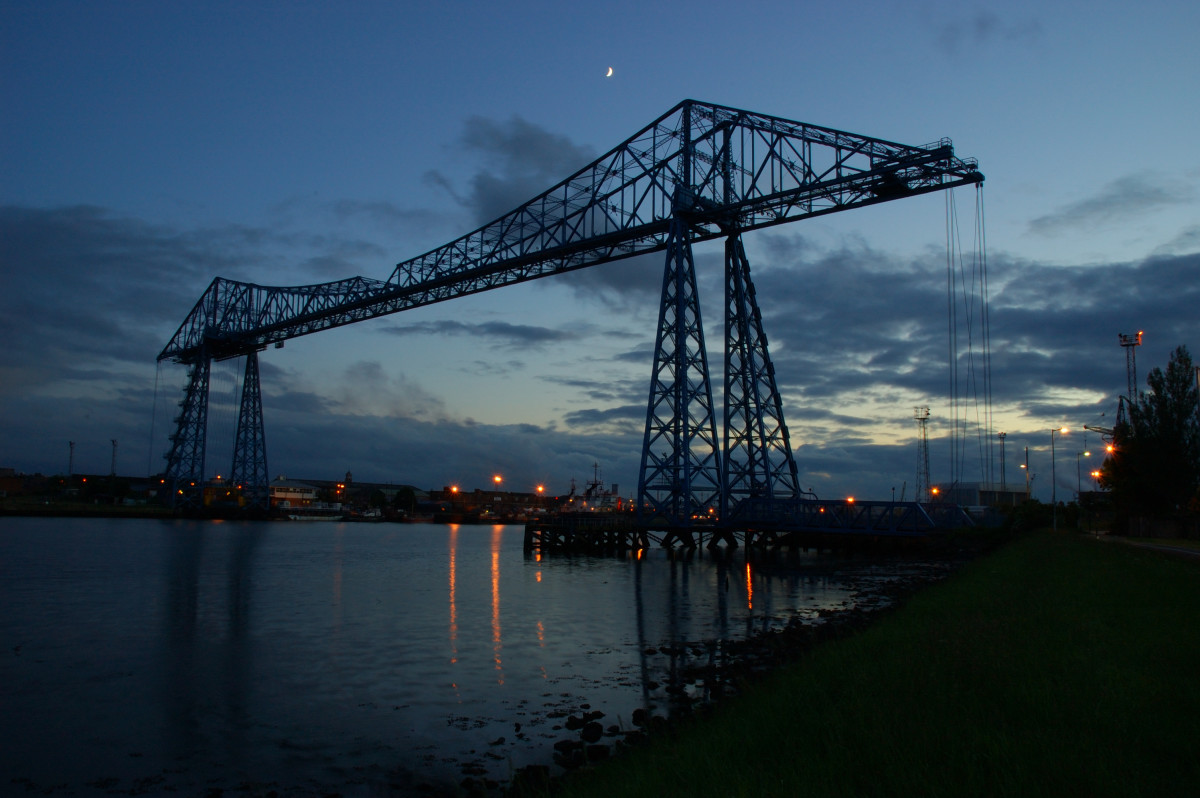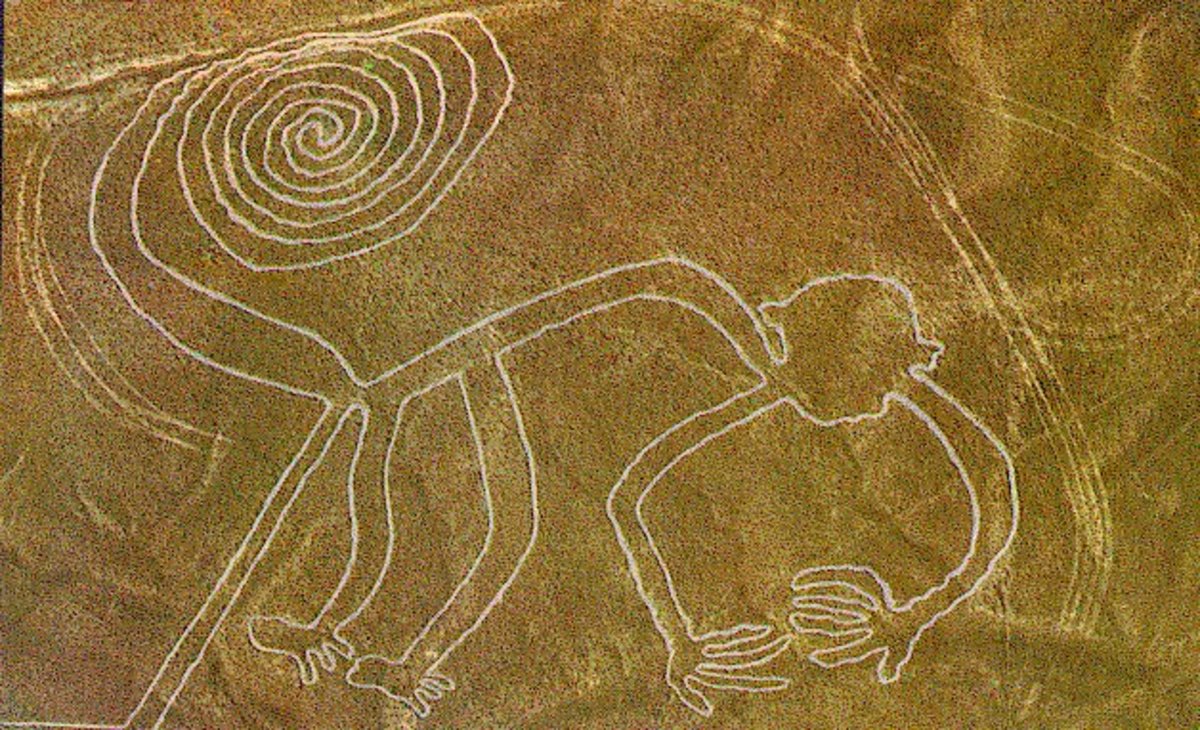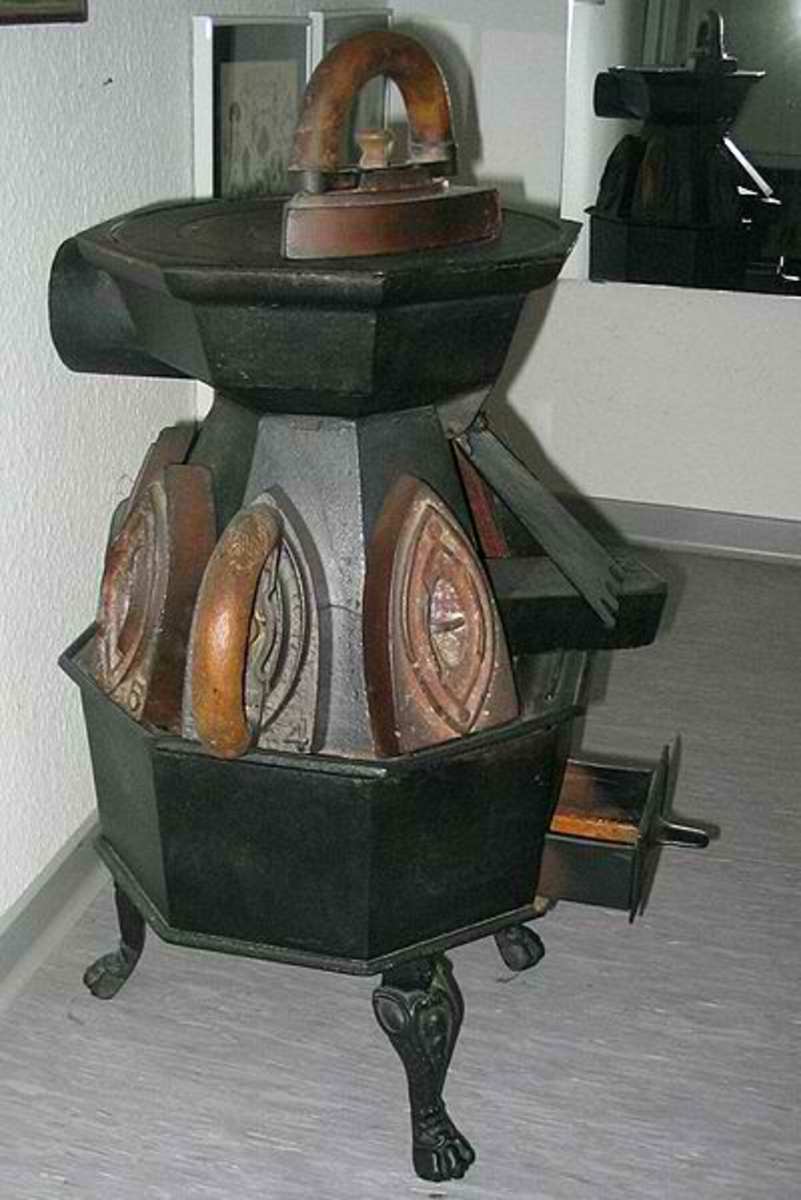- HubPages»
- Education and Science»
- History & Archaeology»
- Archaeology
Heritage - 4: A Personal Look Into the Past, Three Favourite Museums Plus One 'Bonus'
My choices are a cross-section, large and small, north and south, beginning close to home territory: Middlesbrough, Teesside
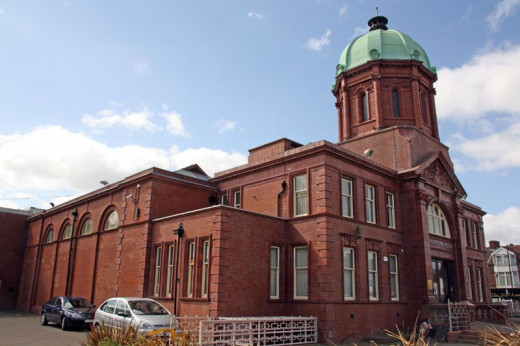

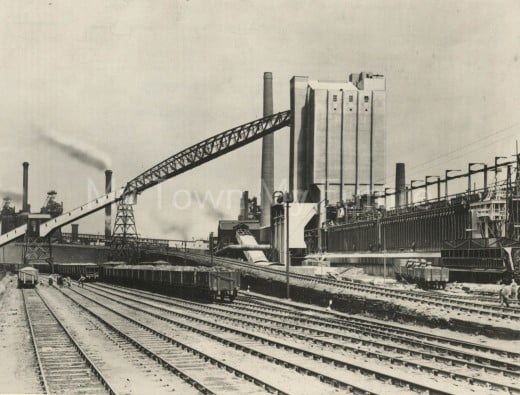


Dorman Museum, Albert Park, Middlesbrough, Teesside
- Find Us | Dorman Museum
Find exhibits that typify the area around Middlesbrough and from further afield; the reasons for its existence were the finds of iron ore in the nearby Cleveland Hills, the then extensive railway network... There's a host of reasons to visit
I have at least three museums I could name, could I push the figure to four? Starting with the Dorman Museum in the park on Linthorpe Road in Central Middlesbrough, TS5 6LA ( www.dormanmuseum.co.uk. ) on account of the range of exhibits I found when I first visited as a boy back in the 1950s.
The range has been modified since then, as I noticed when I visited with my cousin Paul a few years or so ago, but to a child it brings the world in one building. Reminders are numerous of the geological origins of the region, and further the many deposits, the geological 'bounties' of ironstone and potash. The workable ironstone is finished, but recent finds of potash at Boulby along the coast have extended the industrial life of the region... It's all in there. Outside the museum, in the park is a fairly recent statue of Brian Clough - pron. 'Cluff' - one of Middlesbrough's football greats (another one was Don Revie, born a few streets away from 'Cloughie' who managed Leeds United before going on to manage England and the UAE. 'Cloughie' took over from him at Elland Road for forty days before passing on to Nottingham Forest F C). I first watched him play Centre Forward when I was about eleven years old.
There are a few museums scattered around Teesside connected with the history of Middlesbrough and its environs. The James Cook Birthplace Museum at Stewart Park, Marton; The Kirkleatham Old Hall Museum along the Redcar road just east of Redcar; The Tom Leonard Mining Museum at Skinningrove down the coast from Redcar and there are the Captain Cook Museums down the steep hill (1:4) at Staithes off the Whitby road and at Whitby itself;
Secondly the North Road Station Museum at Darlington in southern County Durham (first opened in 1975 on one side of the second S&DR station of the same name) was refurbished, roof repairs carried out and formally re-opened on May 24th, 2010 by HRH The Duke of Edinburgh. Exhibits include wagons, carriages and locomotives of the S&DR, a model of the original line and lots of things for kids to explore... Upstairs is the Ken Hoole Centre, a reference collection of North Eastern Railway material set up in the railway author's memory by the North Eastern Railway Association, of which I am a member. Entry to the museum is free to members of NELPG (see below), and there is a pleasant, light and airy cafe at the end of the nearest platform with access to those wishing to take their drinks outside to the open air part of the platform. A drinks machine is available to those wishing to take their own food, with tables adjacent to the platform.
Across the road is the workshop of the North Eastern Locomotive Preservation Group (NELPG), of which I am also a member. There are several locomotives owned by the group, www.nelpg.org.uk/ including the British Railways built K1 2-6-0 that doubles as 'Lord of the Isles' on the West Highland,line in summertime (Mallaig-Fort William). 62005 is currently undergoing work at Carnforth; and then there is the workshop of the A1 Locomotive Trust, www.a1steam.com who built a Peppercorn A1 Class locomotive (to which I contributed monthly funds for the construction) from scratch with boiler produced for them by the Meiningen works in eastern Germany. Arthur Peppercorn's widow Dorothy Mather unveiled the engine here on December 13th, 2008. Also connected with the locomotive is Peter Townend, the last shedmaster of Top Shed in the 1960s;
Third is the National Railway Museum on Leeman Road ( www.nrm.org.uk ) near the main station in York, with out-stationed exhibits at Shildon (north of Darlington) near the Timothy Hackworth Victorian Railway Centre. Essentially there are three sites, the York museum being split by Leeman Road with access between them by an under-road footway. One one side is what was part of York's British Railways locomotive depot (50A), with 'Mallard', 'Flying Scotsman' and 'Green Arrow' amongst the array of preserved engines. There's too much to see in one day, but at least you don't pay to access it. They do appreciate donations, if you're minded to hand over cash to continue the good works. Across Leeman Road is the former goods depot, the Peter Allen Centre with its ramps, platforms and stock arranged in 'trains' behind vintage locomotive stock. Queen Victoria's and Queen Elizabeth's railway carriages are here, too. There are cafes in both buildings when you tire of trooping around, but you can also eat your own sandwiches in the forecourt of the Peter Allen building. One thing I always do when I get into the main hall of the museum is check out progress on the 'O' Gauge model railway. There is a viewing platform for children or those in wheelchairs to watch the trains running. A schedule is available for those wishing to look in, and at one end is a CCTV camera showing the movements behind the scenes for the controller. Models fill a set of cases at the other end of the layout, showing the progress of railway stock model-making. At regular intervals during the day the large 70' turntable is operated by museum staff, showing how the turntable is operated (it was in operation as a working steam shed in the mid-1960s when steam finally finished on BR Eastern Region), and replaced a smaller turntable to take the Pacifics such as the A1, A2, A3 and A4 classes - for a short time in the late 1940s/early 1950s, before 'Flying Scotsman' was rebuilt to A3 it was re-classified A10 to make way for Arthur Peppercorn's new class A1;
Lastly, the British Museum in Bloomsbury, Central London ( www.britishmuseum.org ) Great Russell Street, WC1B 3DG. My target for the Sutton Hoo exhibition, the illuminated manuscript of 'Beowulf' and there are countless items connected with invasions and settlement from NW Europe in English history. For those interested in Anglo-Saxon history there are rewards aplenty. Aside from the Sutton Hoo exhibits, the museum currently holds exhibits artefacts from the Staffordshire Hoard, found in a field near Tamworth by a man with a metal detector in the 1990s. Theories abound as to the origins of the finds. I have read a convincing report that these artefacts were given to Penda and his Welsh followers by King Eadwy of Northumbria, younger brother of King Oswald - killed in Shopshire by Penda - to stop them rifling in Eadwy's kingdom. The Welsh princes broke off from Penda's force with their share of the loot and went home. Penda was defeated and killed near modern-day Leeds when they were unable to ford a river. The Northumbrians fell on them, but some less heavily laden Mercians escaped but were tracked down near where they had buried their loot and killed. There is an online tour of the Anglo-Saxon exhibits with notes for teachers, so you don't even need to physically go there (I think it helps to see them 'in the flesh). Need I say more?
Founts of Knowledge, north to south - 1. Darlington, Shildon and York
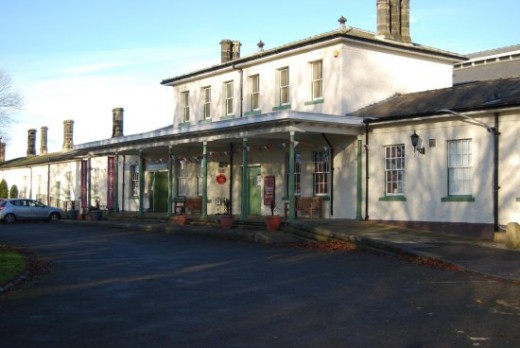
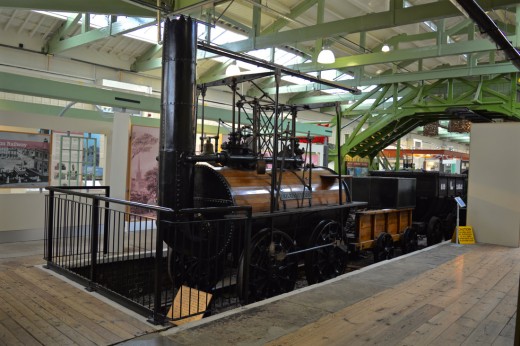
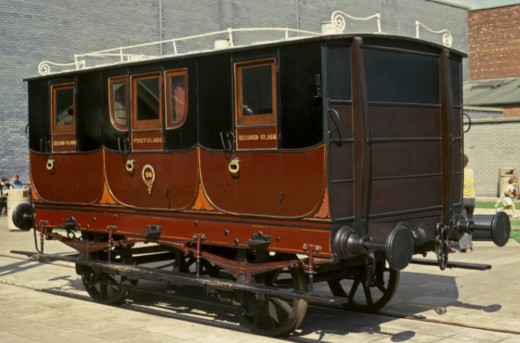



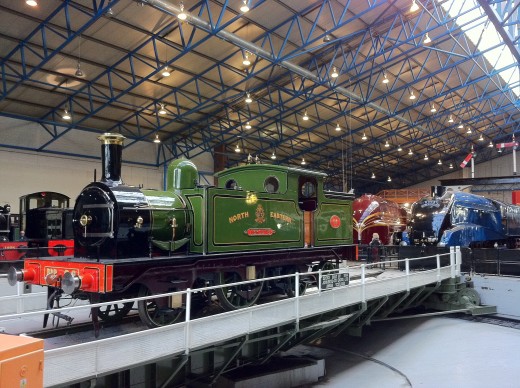
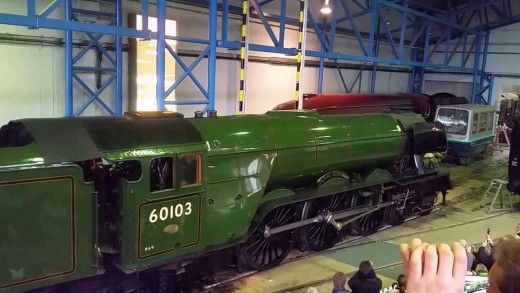
Hard to count the number of times I've visited both the 'Head of Steam' and 'Locomotion' exhibitions at Darlington and Shildon. At Darlington, on one Saturday a month, your admission ticket allows you access to the workshop across the green opposite the 'Head of Steam' building (the former Stockton & Darlington Railway station which is still a network halt accessible by a footpath from nearby MacNay Street). What was once the Stockton & Darlington Railway's carriage works houses the current Class P2 build project at one end of the building and the North Eastern Locomotive Preservation Group's Class six-coupled J72 tank locomotive. Additionally in the Head of Steam building is the Ken Hoole Study Centre, a reference library that gives you access to Ken Hoole's many reference works and books written by him on the North East's railways, and other authoritative writers. Call or e-mail/letter before you intend to visit and give your reason for the visit (research/browsing).
The 'Locomotion' exhibition at Shildon - near the railway station and easily accessible by road with several bus services from Darlington and an extensive car park - changes regularly, with views into the preservation workshop. Locomotives and rolling stock are there to see, with Timothy Hackworth's entry 'Sans Pareil' for the Rainhill (Liverpool) locomotive trials that saw George Stephenson's entry 'Rocket' win and be accepted for the Manchester & Liverpool Railway. built at the Forth Street, Newcastle works of son Robert, as was 'Locomotion No.1'. 'Rocket' stands in the Great Hall - what until 1965 had been York North Locomotive Shed, British Railways shed No. 50A - not far from his statue by the main locomotive entrance door.
Ken Hoole Study Centre, 'Head of Steam' Railway Heritage Museum, Darlington
- Head of Steam Railway Museum - Ken Hoole Study Centre
The Ken Hoole Study Centre houses the reference collection left by Ken Hoole, the renowned regional railway historian.
Hidden in 'the Works' at the NRM, The Daddy of the railways

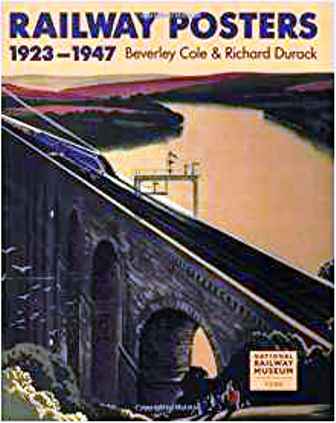
A collection of railway travel posters from the great artists of the 1930s through to Terence Cuneo in the 1960s - part of the many things associated with the national collection at the Railway Museum, York - incentive to see for yourself
National Railway Museum, Leeman Road, York
- National Railway Museum
The National Collection on display at York (see also 'Locomotion', Shildon) with special events. See 'Mallard' with her celebratory plaque near the Turntable. See also 'Evening Star'. Model railway for grown-ups and kids alike (all big kids, really)
At the NRM, the storage hall and the main hall with the last steam locomotive to leave Swindon Works in 1956, 'Evening Star'

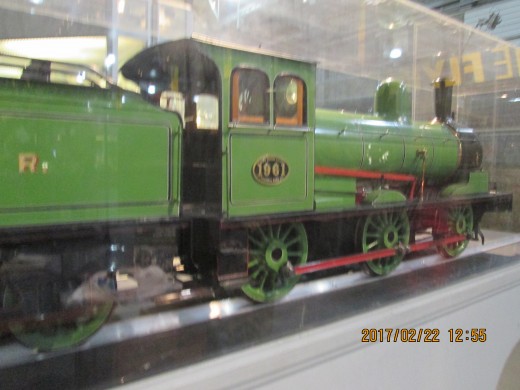
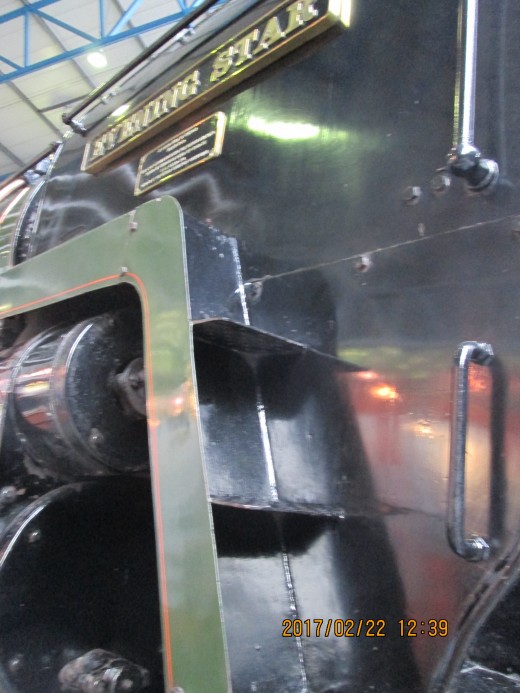
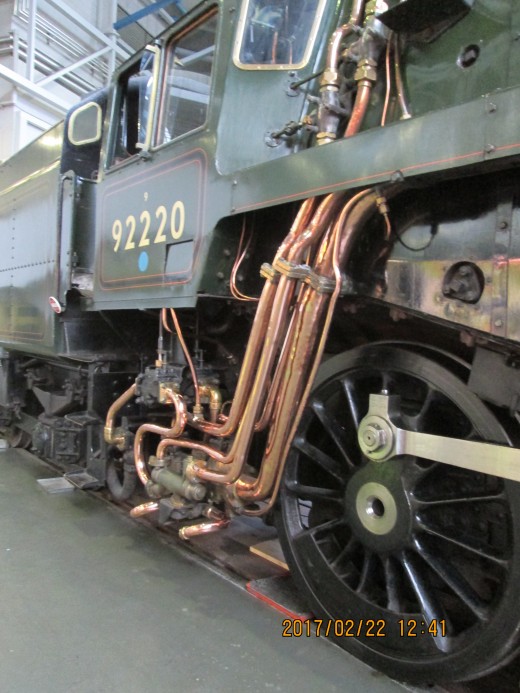
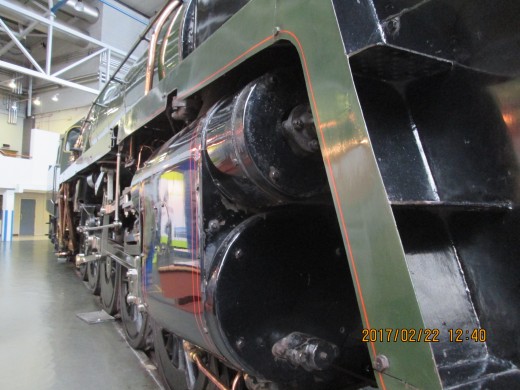
To sum up...
I hope you enjoyed reading this write-up on the three museums, three that I've been back to several times - each. The Dorman Museum, established from the proceeds of industry was the first one I went to, living nearby in Grangetown and then Eston - about six miles away to the east.
The British Museum is closest of the three to where I live in London, on the Central Line about twenty minutes ride away west from the largely rebuilt Stratford Station in East London. I tend to gravitate towards the Sutton Hoo and Mediaeval English exhibits, although I have been known to 'stray' towards other areas than Room 41.
The Head of Steam exhibition at North Road Darlington and both Shildon sites are fairly recent for me, since I spent more time in the Teesside area, Being able to drive was a bonus, giving me time to visit both locations in one afternoon with time to look around instead of looking at my watch all the time, thinking of train timetables.
In central London, just off New Oxford Street, British Museum with its even more ancient artefacts
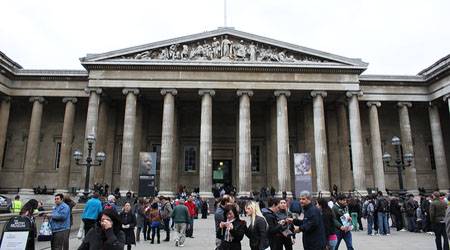
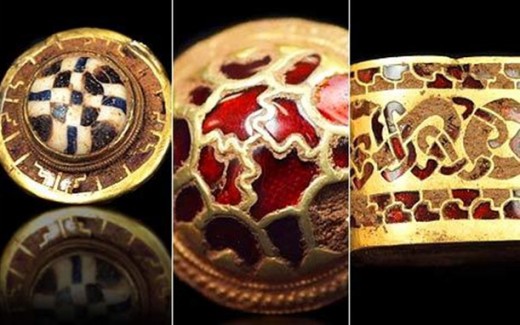

When I go to the British Museum in Central London - not far from Tottenham Court Road station - my first stop is the Mediaeval collection, and Room 41 in particular where the Sutton Hoo finds are displayed. They always fascinate me, always have and I daresay always will. Don't imagine I don't look around elsewhere. There are artefacts you'd never dream of all around the building, some at the back of the building that fewer visitors seem to look at than those who throng the front halls. In a visit of a few hours - you could be all day here and see less than half its displays - most only get to see the front of the building, and the area under the recently added skylight and shops
British Museum, Great Russell Street, Bloomsbury, London WC1B 3DG
- British Museum - Welcome to the British Museum
The Museum houses a vast collection of world art and artefacts and is free to all visitors. Find information about visiting, including admission and opening times, events and exhibitions, gallery guides and teaching resources. Search highlight object

The Rosetta Stone, Elgin Marbles, Sutton Hoo... you've seen them in the flesh. Keep the memory alive with this publication. Learn something more about your favourite artefacts in the museum, delve into their background and get more enjoyment from the experience.
© 2012 Alan R Lancaster


